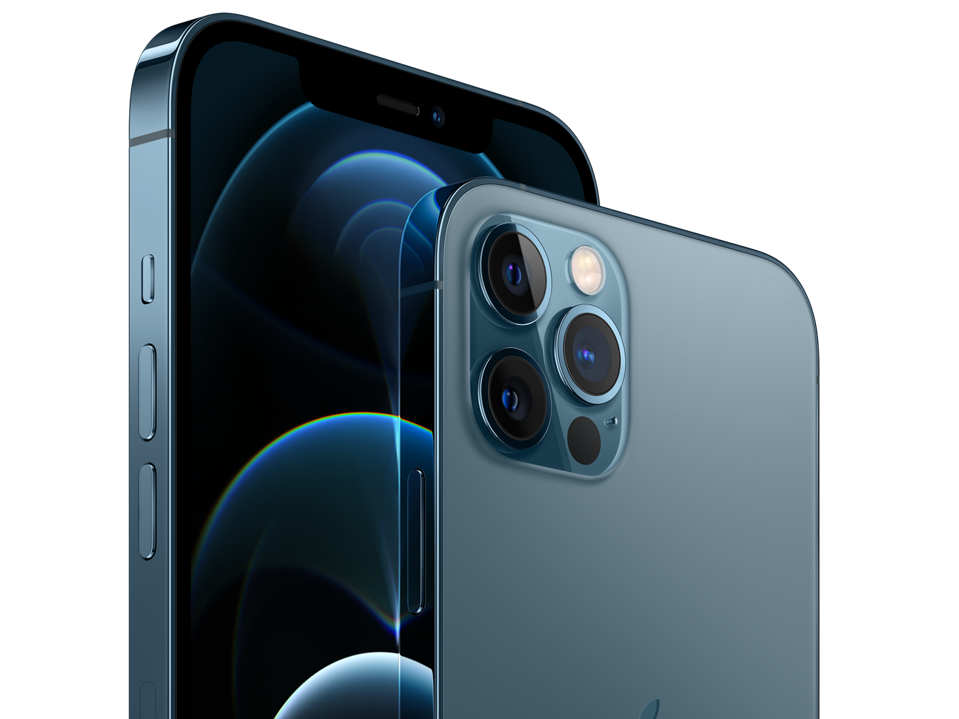
Apple iPhone 12 Pro and iPhone 12 Pro Max. Will the 2021 iPhone see the return of 3D Touch?
Apple
When Apple withdrew 3D Touch from the iPhone 11, we managed without it, thanks to the arrival of Haptic Touch. This was good, but just not a match for the superb 3D Touch. Well, a patent has just been published and it hints that the feature could be making a comeback.
In case you never used it, 3D Touch was an Apple innovation which arrived on the iPhone 6s and lasted until the launch of the iPhone 11, that is, from 2015 to 2019. A version of this, called Force Touch, had appeared on Apple Watch displays the year before.
It provided an extra level of interaction by adding pressure-sensitivity to the iPhone screen. Press harder than you otherwise would on a link and you saw a preview of the site: press harder and the page would open. This mechanism was called Peek and Pop. I loved it.
True, Haptic Touch does something similar, working from a long-press on the display which is no longer able to recognize different pressure levels. The patent, spotted by Patently Apple, gave an insight into why Apple might have removed the feature. “Components for detecting the amount of force exerted on an interface surface of a touch sensitive component can utilize complex and expensive sensor arrays to extend this desired functionality to the entire surface. These expensive arrays can also occupy a large spatial volume inside the electronic device, thereby potentially increasing the size of the device or reducing the space available for components that may provide additional desired functionalities.”
Well, that’s clear. But Apple also talks about a new way to achieve this, using something called a pressure decay sensor. It sounds a bit creepy, I know. Still, here’s what Apple says:
“In some examples, detecting the amount of force applied to an interface surface can be achieved with a pressure decay sensor disposed in the internal volume. This pressure decay sensor can be relatively small and inexpensive, and can be disposed at almost any desired location in the internal volume. This allows for smaller devices or devices that include increased room for additional or larger components, as compared to a device that includes an array of force detecting components. The pressure decay sensor can detect an increase in the pressure of the internal volume that can be attributed to the deflection or deformation of the interface surface when a force is applied thereto, and can further detect the rate of decay of the pressure. The amount of force can be at least partially based on the detected rate of decay.”

The first iPhone with 3D Touch was the iPhone 6s – will the feature come back?
NurPhoto via Getty Images
In another part of the patent, it explains the workings more simply: “The force sensor assembly can include a pressure decay sensor and a gap distance sensor disposed opposite a surface of the interface component.”
But wait, you say, the existence of the patent doesn’t mean 3D Touch will ever appear, does it? Quite right, but the timing is interesting. It was published just a few days ago, on March 11, 2021, and was first filed two years back, December 9, 2019. That, you may notice, is around three months after the iPhone 11 series of phones appeared, the first to ditch 3D Touch.
A patent that was filed significantly after the feature was first canned must give us hope that there’s a chance it could return, surely? If so, it could be resurrected as soon as this Fall’s new crop of iPhones.
As a footnote, there’s no news yet on what the next iPhone will be called. So far, all the rumors make me think it’ll be named iPhone 12s rather than iPhone 13, but we’ll see.
Before you go, why don’t you sign up for my AppleUnboxed newsletter? It’s stuffed with exclusives, insider information, reviews, tips, comparisons, news and rumors about the Cupertino giant. Out on Wednesdays.
In the latest issue: an exclusive deep-dive into Face ID and where it’s going, iPhones with periscopes (cameras, I mean) and the latest Mac laptops compared. You get the first three issues free and you don’t need your credit card to sign up.




